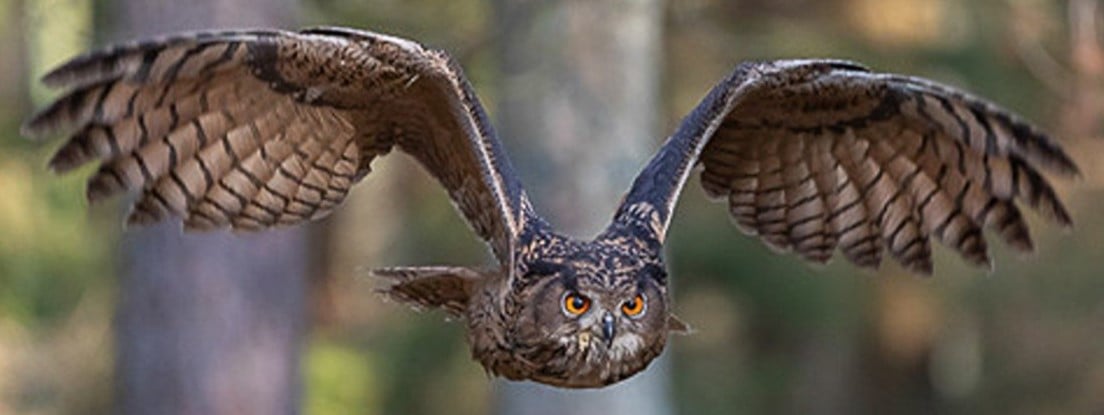Superbowl
For owls that are superb.

US Wild Animal Rescue Database: Animal Help Now
International Wildlife Rescues: RescueShelter.com
Australia Rescue Help: WIRES
Germany-Austria-Switzerland-Italy Wild Bird Rescue: wildvogelhilfe.org
If you find an injured owl:
Note your exact location so the owl can be released back where it came from. Contact a licensed wildlife rehabilitation specialist to get correct advice and immediate assistance.
Minimize stress for the owl. If you can catch it, toss a towel or sweater over it and get it in a cardboard box or pet carrier. It should have room to be comfortable but not so much it can panic and injure itself. If you can’t catch it, keep people and animals away until help can come.
Do not give food or water! If you feed them the wrong thing or give them water improperly, you can accidentally kill them. It can also cause problems if they require anesthesia once help arrives, complicating procedures and costing valuable time.
If it is a baby owl, and it looks safe and uninjured, leave it be. Time on the ground is part of their growing up. They can fly to some extent and climb trees. If animals or people are nearby, put it up on a branch so it’s safe. If it’s injured, follow the above advice.
For more detailed help, see the OwlPages Rescue page.
view the rest of the comments

I did a little looking into it, and I think this would make a good post since it's a bit complicated, so it would make a good Owl-natomy post, which I haven't done in a while.
Bird have a very wild respiratory system due to their energy requirements, so they have very different parts than we do. Short answer is they have tremendous air reserves beyond just their lungs, and their version of a voice box is set much deeper in the chest than ours.
Also due to natural selection, since they use their voice to defend territory and attract a mate since they are solitary animals, louder voices will increase their ability to do both those things.
it's definitely interesting, I may have just done a web crawl that started with wikipedia references....
Nice, I like your initiative!
Wikipedia rabbit holes are always fun to go down, lol.